Here is code in Generic.xaml:
<ResourceDictionary
xmlns="http://schemas.microsoft.com/winfx/2006/xaml/presentation"
xmlns:x="http://schemas.microsoft.com/winfx/2006/xaml"
xmlns:local="clr-namespace:WpfApp2.Controls">
<Style TargetType="{x:Type local:SampleControl}">
<Setter Property="Template">
<Setter.Value>
<ControlTemplate TargetType="{x:Type local:SampleControl}">
<Border Background="{TemplateBinding Background}"
BorderBrush="{TemplateBinding BorderBrush}"
BorderThickness="{TemplateBinding BorderThickness}">
</Border>
<ControlTemplate.Triggers>
<MultiDataTrigger>
<MultiDataTrigger.Conditions>
<Condition Property="{Binding RelativeSource={RelativeSource Self}, Path=IsMouseOver}" Value="True" />
<Condition Property="{Binding RelativeSource={RelativeSource Self}, Path=MyProperty}" Value="1" />
</MultiDataTrigger.Conditions>
<MultiDataTrigger.Setters>
<Setter Property="Background" Value="#cde8ff"/>
</MultiDataTrigger.Setters>
</MultiDataTrigger>
</ControlTemplate.Triggers>
</ControlTemplate>
</Setter.Value>
</Setter>
</Style>
</ResourceDictionary>
Here is code in SampleControl.cs:
using System;
using System.Collections.Generic;
using System.Linq;
using System.Text;
using System.Threading.Tasks;
using System.Windows;
using System.Windows.Controls;
using System.Windows.Data;
using System.Windows.Documents;
using System.Windows.Input;
using System.Windows.Media;
using System.Windows.Media.Imaging;
using System.Windows.Navigation;
using System.Windows.Shapes;
namespace WpfApp2.Controls
{
/// <summary>
/// Follow steps 1a or 1b and then 2 to use this custom control in a XAML file.
///
/// Step 1a) Using this custom control in a XAML file that exists in the current project.
/// Add this XmlNamespace attribute to the root element of the markup file where it is
/// to be used:
///
/// xmlns:MyNamespace="clr-namespace:WpfApp2.Controls"
///
///
/// Step 1b) Using this custom control in a XAML file that exists in a different project.
/// Add this XmlNamespace attribute to the root element of the markup file where it is
/// to be used:
///
/// xmlns:MyNamespace="clr-namespace:WpfApp2.Controls;assembly=WpfApp2.Controls"
///
/// You will also need to add a project reference from the project where the XAML file lives
/// to this project and Rebuild to avoid compilation errors:
///
/// Right click on the target project in the Solution Explorer and
/// "Add Reference"->"Projects"->[Browse to and select this project]
///
///
/// Step 2)
/// Go ahead and use your control in the XAML file.
///
/// <MyNamespace:SampleControl/>
///
/// </summary>
public class SampleControl : Control
{
static SampleControl()
{
DefaultStyleKeyProperty.OverrideMetadata(typeof(SampleControl), new FrameworkPropertyMetadata(typeof(SampleControl)));
}
public int MyProperty
{
get { return (int)GetValue(MyPropertyProperty); }
set { SetValue(MyPropertyProperty, value); }
}
// Using a DependencyProperty as the backing store for MyProperty. This enables animation, styling, binding, etc...
public static readonly DependencyProperty MyPropertyProperty =
DependencyProperty.Register("MyProperty", typeof(int), typeof(SampleControl), null);
}
}
After the program ran, it reports an error:
System.Windows.Markup.XamlParseException: 'A 'Binding' cannot be set on the 'Property' property of type 'Condition'. A 'Binding' can only be set on a DependencyProperty of a DependencyObject.'
No matter I delete IsMouseOver or MyProperty condition binding, it still reports this.
What's wrong with my codes?
